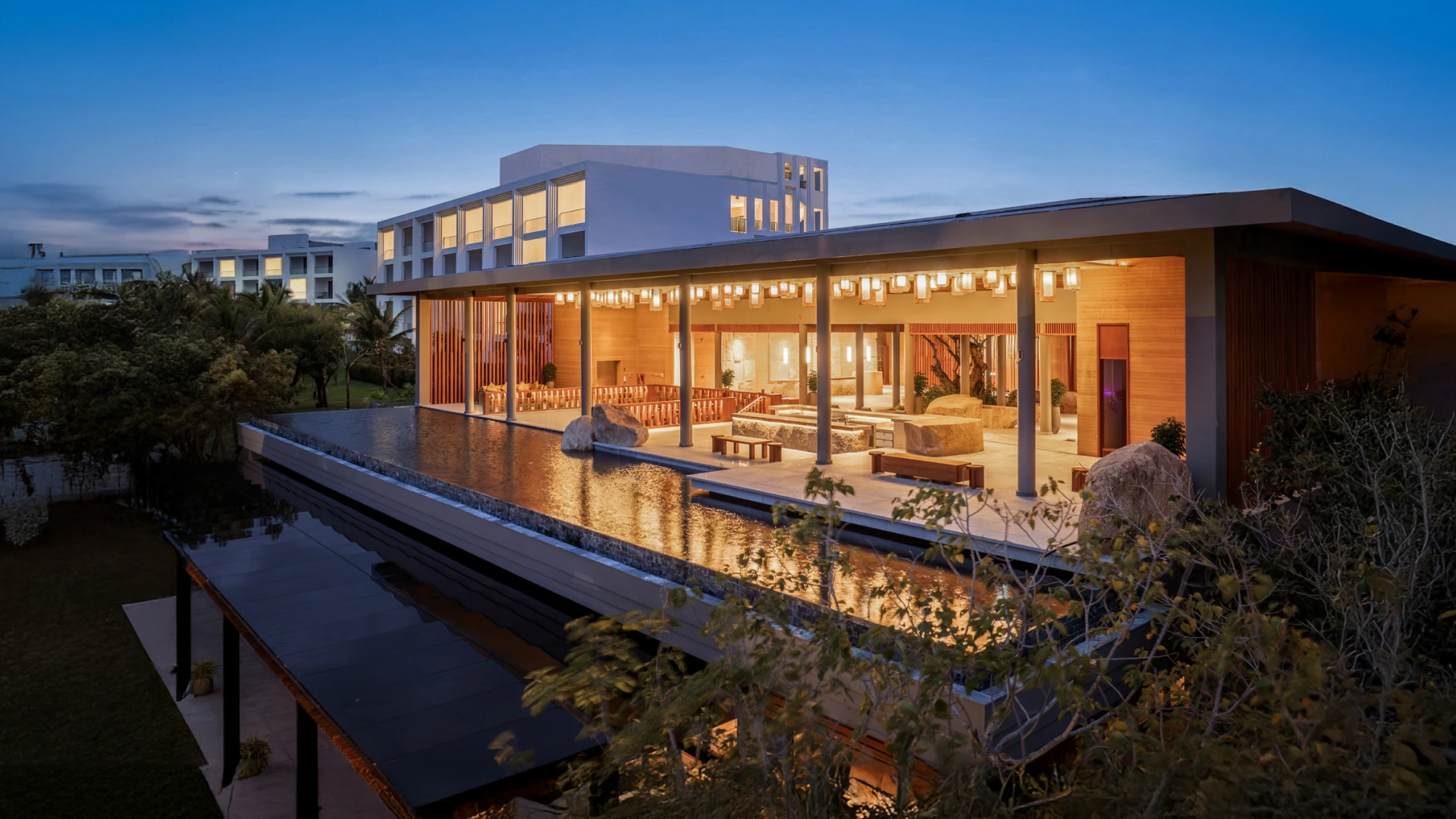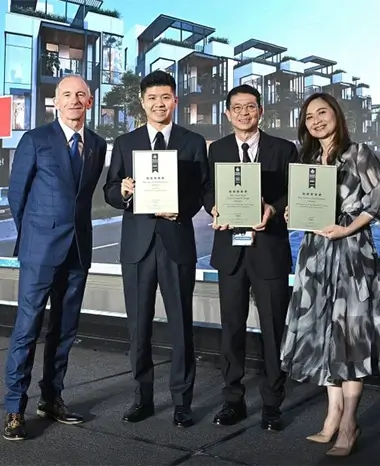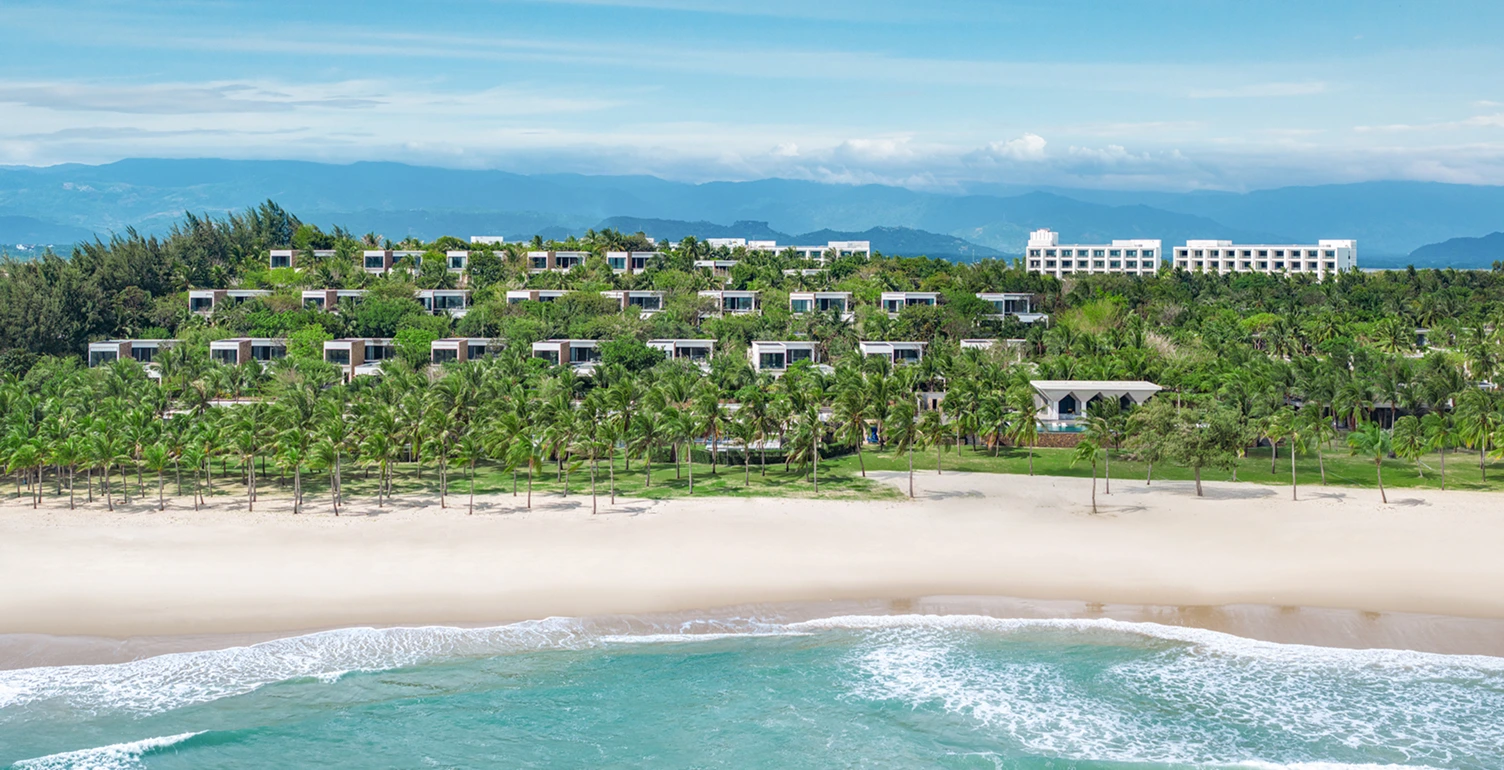A New Driving Force For The Real Estate Market
Khanh Hoa and Ninh Thuan share many similarities in geographical location and natural conditions, creating vast potential for real estate (RE) development. This forms an important foundation to attract real estate investors. With abundant potential and strengths, it is believed that following the merger, the real estate market of the new province will break through and develop strongly and sustainably.
Untapped potential waiting to be unlocked
The merger of Khanh Hoa and Ninh Thuan on July 1 marks a turning point, creating a new and promising coastal economic region in the South Central area. Former Khanh Hoa has long been a hotspot for the real estate market, with three strategic zones—Van Phong, Nha Trang, and Cam Ranh—hosting large-scale tourism, resort, port, and industrial developments. Meanwhile, former Ninh Thuan stands out for the unspoiled beauty of Vinh Hy Bay and its renewable energy potential. The unification not only promotes synchronized connectivity in transportation, tourism, and regional economy, but also gives a significant boost to real estate by leveraging geographical, landscape, climate, and investment advantages.
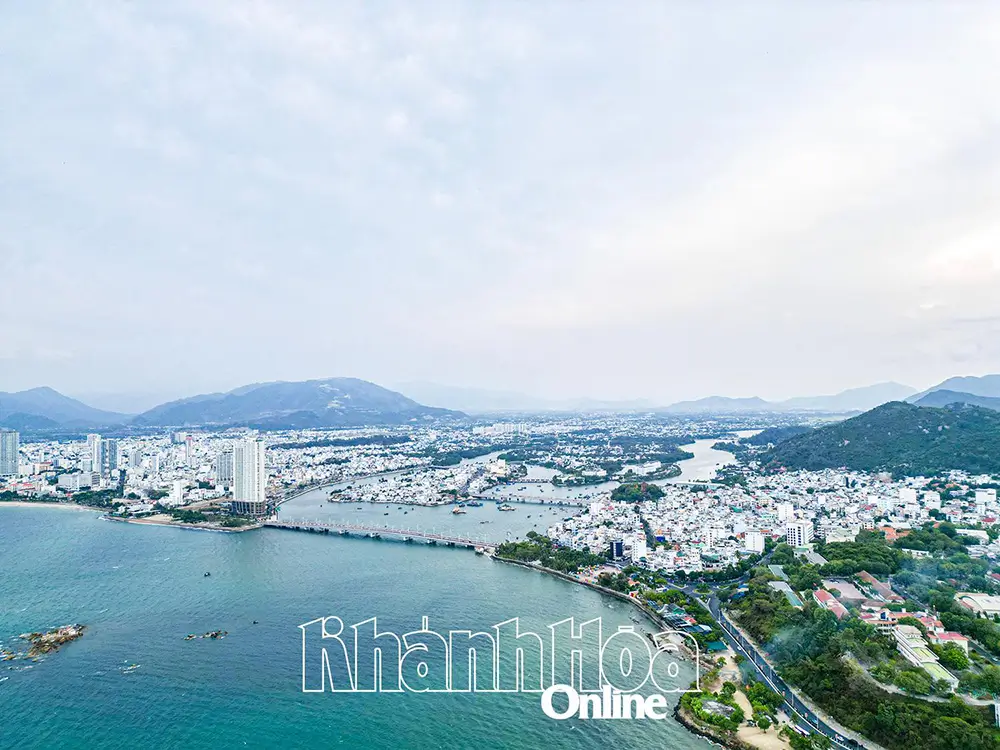
A view of Nha Trang Bay.
According to Mr. Tran Dinh Quy, Chairman of the Khanh Hoa Real Estate Brokerage Association, the merger will lead to a restructuring of regional planning, forming a large-scale administrative–economic–tourism center. Khanh Hoa and Ninh Thuan hold many untapped opportunities in real estate thanks to their strategic coastal location in Central Vietnam, an increasingly developed transportation network, and favorable natural conditions. Both localities have large land reserves, relatively affordable land prices, and open investment policies. These are key factors for real estate to grow sustainably and attract both domestic and foreign investment flows in the near future.
Many real estate experts affirm that the merger of the two provinces into one administrative entity with superior advantages in location, infrastructure, and natural resources—including the strategic Cam Ranh Port, the emerging Ca Na Port, and Cam Ranh International Airport—will directly benefit the real estate sector, particularly in urban, industrial, and resort real estate. This marks the beginning of a new period of growth, with real estate playing the role of a strategic driver.
Mr. Nguyen Tien Nghi, Chairman and General Director of MK Construction Investment JSC, stated that the new Khanh Hoa will become a “super province” in economy and tourism, with the longest coastline in Vietnam, two airports, four seaports, a strategic geographical position, and tremendous potential for breakthrough development in infrastructure, tourism, energy, and high technology. Two major development hubs are taking shape: the northern hub (Nha Trang) has been a strong international tourism and services center for over a decade, while the southern hub (Phan Rang) has more room to grow and is quickly becoming a magnet for investment thanks to its unique advantages. In addition, a wave of experts in nuclear energy and artificial intelligence is migrating to the area, fueling demand for services and real estate in southern Khanh Hoa and leading to a surge in demand for housing, commerce, and services—thereby opening new potential for real estate price increases.
Poised for a breakthrough
Mr. Phan Tu Liem, Deputy General Director of New City Real Estate under New City Trading and Investment Co., Ltd., believes this is a golden opportunity for the real estate market to break through and attract investment flows, especially in eco-urban areas, luxury resorts, and coastal industrial zones. The market is expected to transform the urban landscape with more modern developments, generate high-end tourism real estate products, upgrade undeveloped areas into world-class destinations, and supply a vast housing stock for urbanization and population growth—ultimately making a major contribution to state budget revenues.
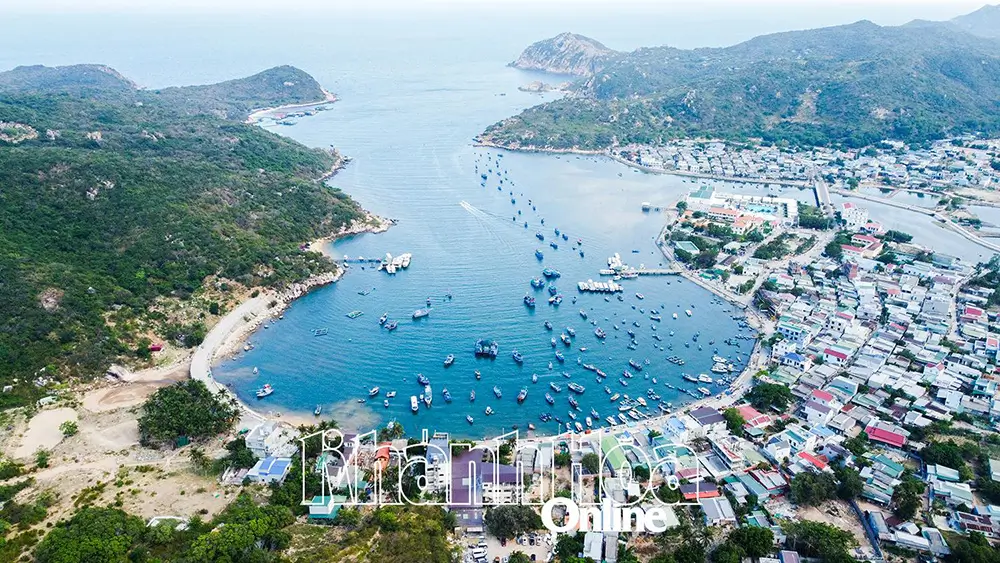
A view of Vinh Hy Bay.
In reality, the real estate markets of both Khanh Hoa and Ninh Thuan have been heating up over the past year, with a wave of major projects. Notably, after the 2023 Housing Law, 2023 Real Estate Business Law, and 2024 Land Law came into effect, the real estate market has revived, with transaction volumes and values rising significantly. Since 2024, Khanh Hoa has approved investment policies for several major projects in Nha Trang, Cam Ranh, Cam Lam, the Van Phong Economic Zone, and has organized public bidding as per legal regulations to select investors. Major developers such as Vingroup, Sun Group, KN Cam Ranh, KDI Holding, and VCN are actively implementing large-scale developments.
Since the beginning of 2025, Khanh Hoa has attracted 16 off-budget investment projects with a total registered capital of over VND 298.72 trillion. Among them are major real estate projects, such as the Cam Lam New Urban Area (VND 283.3 trillion), the Mui Co – Bai Ran Complex (over VND 4.264 trillion), and the Vung Ngan Complex (over VND 2.852 trillion). The province has completed investor selection procedures for six large-scale urban projects, including the Co Ma Premium Urban Area (approx. VND 5.97 trillion), the Nha Trang Mixed-use Urban Area (approx. VND 17.3 trillion), and the Cam Tan, Cam Thuong, and Cam Hoa Mixed-use Urban Areas—each with investment capital exceeding VND 5 trillion.
In Ninh Thuan (now referred to as southern Khanh Hoa), nearly 70 real estate and urban projects are open for investment, many of which have capital exceeding VND 1 trillion. As of the end of May, the area has seven licensed housing and real estate projects either under construction or completed: Dong Bac Urban Area (K1), Binh Son – Ninh Chu Coastal Urban Area (K2), Dam Ca Na Urban Area, Phu Ha New Urban Area, Tan Hoi Residential Area, Thap Cham Residential Area, and Phan Rang Center.
Real estate experts also emphasize that for the real estate market to grow sustainably after the provincial merger, there needs to be incentive mechanisms and policies to attract large investors focused on infrastructure development—creating real value through jobs and income for local communities. This is the true engine of sustainable growth for the real estate market.
Source: https://baokhanhhoa.vn/kinh-te/202507/suc-bat-moi-cho-thi-truong-bat-dong-san-7ef246f/

